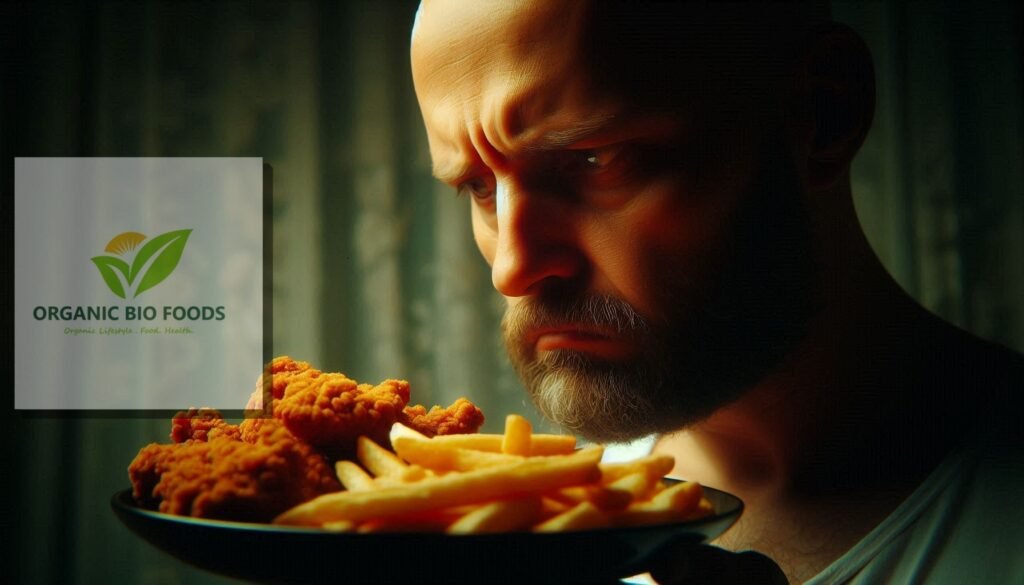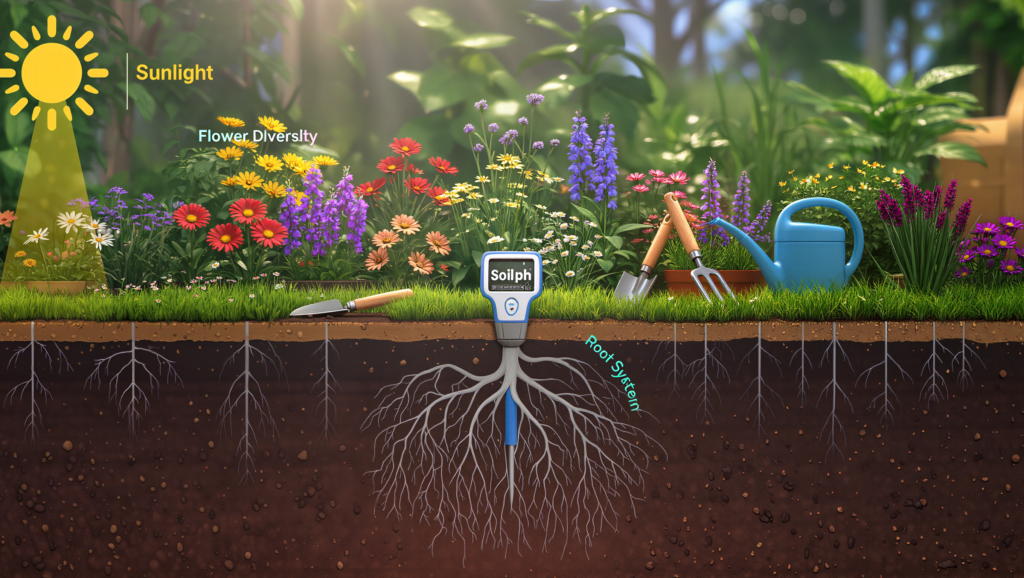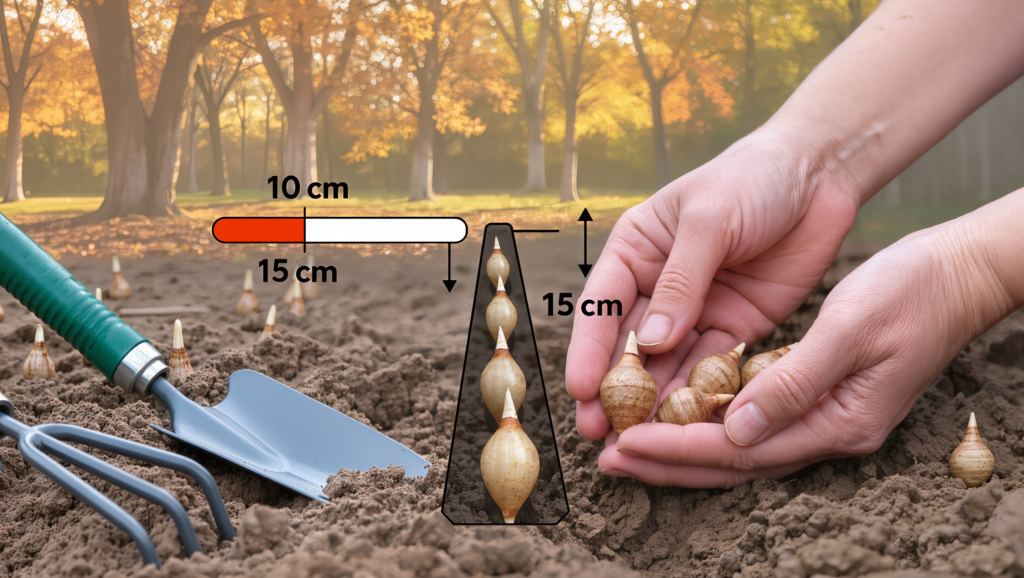When you think of your favorite snack or that fast food meal you love, the last thing on your mind is what gross ingredients might be hiding in it. Unfortunately, many processed and popular foods are loaded with weird and downright disgusting ingredients that most people don’t even know about. From bugs to chemicals, some ingredients might make you rethink what you’re putting in your mouth. Let’s break down six shocking ingredients lurking in everyday foods that might just make you lose your appetite!
1. Castoreum (Beaver Anal Gland Secretion) in Vanilla Flavoring
You probably never thought beaver glands would have anything to do with your favorite vanilla-flavored foods. But castoreum, a substance from the anal glands of beavers, has been used as a vanilla flavor substitute for years.
What Is Castoreum?
Castoreum is a secretion from the anal glands of beavers. It’s collected by anesthetizing the beaver and “milking” the glands. Castoreum has a musky vanilla scent, which makes it a useful (and cheap) vanilla substitute.
What foods You’ll Find Castoreum In:
- Vanilla ice cream
- Flavored yogurt
- Puddings
- Chewing gum
- Some perfumes
Why We Think Castoreum is Disgusting:
It’s pretty disturbing to think that a substance from an animal’s behind could be in your vanilla ice cream. Even worse, castoreum is often labeled as “natural flavoring,” making it hard to avoid.
How to Avoid Foods With Castoreum:
Opt for products that use real vanilla or check for “vanilla extract” on labels. Look for items that specify “vegan” or “plant-based natural flavors.”
2. Carmine (Crushed Bugs) in Red Food Coloring
Ever wonder how your red candies, fruit juices, or even strawberry yogurt get that vibrant red color? You might be surprised (or horrified) to know that it’s not always from fruits like cherries or strawberries. Instead, a common source of red dye is carmine, which is made from crushed cochineal insects.
What Is Carmine?
Carmine, also known as cochineal extract, comes from the dried bodies of small beetles called cochineals. These insects are primarily found in Central and South America. They’re boiled, dried, and crushed to produce a bright red pigment.
What Foods Contain Carmine:
- Red candies (think gummy bears, jelly beans, and hard candies)
- Strawberry and raspberry yogurt
- Ice cream
- Fruit juices
- Some cosmetics
Why Carmine Is Disgusting:
Most people wouldn’t want to eat insects, but because carmine is labeled as “natural,” it’s often used without consumers realizing it’s made from bugs.
How to Avoid Foods With Carmine:
Look for products that use plant-based dyes like beet juice or skip red-colored products altogether. Also, check labels for “carmine,” “cochineal extract,” or “natural red 4.”
3. Sodium Bisulfite (Preservative) in Dried Fruit and Potato Chips
Sodium bisulfite is a chemical preservative that’s commonly used to prevent browning in foods like dried fruit and potato chips. While it helps keep these snacks looking fresh, it’s not exactly something you’d want to eat.
What Is Sodium Bisulfite?
Sodium bisulfite is used to maintain color and extend shelf life by preventing oxidation in foods. It can be found in wines as well, though it’s more commonly used in processed snacks and dried fruits.
What Foods are Sodium Bisulfite Used in:
- Dried fruit (apricots, raisins, etc.)
- Potato chips
- Pre-cut vegetables
- Canned potatoes
Why We think Sodium Bisulfite is Disgusting:
Sodium bisulfite can cause allergic reactions in some people, especially those with asthma. It’s also a chemical that’s used in cleaning solutions and cosmetics, which makes it far from appetizing.
How to Avoid Eating Sodium Bisulfite:
Look for organic or natural dried fruits and snacks that don’t contain chemical preservatives. Opt for fresh fruits and vegetables over dried or pre-packaged ones.
4. L-Cysteine (Human Hair or Duck Feathers) in Bread
Ever wonder how some bread stays so soft and fresh for so long? It might have something to do with L-cysteine, a dough conditioner that’s often sourced from human hair or duck feathers. Yes, you read that right!
What Is L-Cysteine?
L-cysteine is an amino acid that helps prolong the shelf life of baked goods and make dough easier to handle. While it can be produced synthetically, the cheaper method is to extract it from human hair (often collected from barbershops) or duck feathers.
Foods That Usually Contain L-Cysteine:
- Commercial bread (especially fast-food buns)
- Pastries
- Doughnuts
- Pizza dough
Why L-Cysteine Is Disgusting:
Nobody wants to eat bread made with human hair or feathers. But because L-cysteine isn’t always listed as such on ingredient labels, it’s hard to tell where it’s coming from.
How to Avoid Eating L-Cysteine:
Choose freshly baked bread from local bakeries or brands that don’t use L-cysteine. Look for labels that say “100% vegan” or “L-cysteine-free.”
5. Propylene Glycol (Antifreeze) in Salad Dressings and Ice Cream
Propylene glycol is a chemical compound that’s often used in antifreeze and de-icing solutions, but surprisingly, it’s also found in many processed foods. While it’s deemed safe by the FDA in small amounts, that doesn’t make it any less gross.
What Is Propylene Glycol?
Propylene glycol is used to maintain moisture and add a smooth texture to foods. It’s also used in many cosmetics, lotions, and deodorants. In food, it acts as a stabilizer, preventing ingredients from separating and helping liquids stay thick.
Foods That Contain Propylene Glycol:
- Salad dressings
- Ice cream
- Frostings
- Processed baked goods
Why Propylene Glycol is Disgusting:
Even though it’s approved for food use, propylene glycol is primarily used in antifreeze, which makes it unappealing to imagine in your salad dressing or ice cream.
How to Avoid Eating Propylene Glycol:
Check the ingredients on processed foods and avoid those with “propylene glycol.” Choose homemade dressings and ice cream made from natural ingredients.
6. Shellac (Crushed Beetles) in Candy and Chocolate Coatings
If you’ve ever noticed the glossy finish on your favorite candy or chocolate, that shiny surface might be due to shellac, a resin secreted by the lac bug. Shellac is commonly used to create a hard, shiny coating on foods.
What Is Shellac?
Shellac comes from the secretions of the lac bug, which are collected, processed, and applied to food as a glaze. While it’s technically “natural,” it’s far from the type of natural ingredient most people expect.
Where You’ll Find Shellac:
- Hard candies
- Chocolate-covered nuts
- Jelly beans
- Certain pills (used as a coating)
Why Shellac Is Considered Disgusting:
While some people are fine with eating bug secretions, many find it off-putting to know that their candy coating comes from insects. It’s another example of how “natural” doesn’t always mean appetizing.
How to Avoid Foods With Shellac:
Check candy labels for terms like “confectioner’s glaze” or “shellac” and choose alternatives that don’t use these ingredients. You can also opt for chocolates and candies from organic brands that specify they don’t use shellac.
Conclusion: Watch What You Eat!
We often don’t think about what’s in the food we eat, especially if it’s a quick snack or a fast-food meal. But as you’ve seen, some pretty disgusting ingredients can make their way into popular foods without most people realizing it. From crushed bugs to antifreeze, it’s worth checking ingredient labels and being more mindful of what you’re putting into your body. By choosing natural, organic, and whole foods, you can avoid many of these gross surprises and feel more confident about what’s on your plate.








